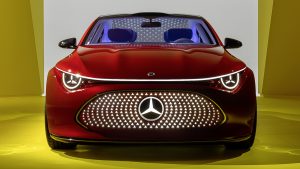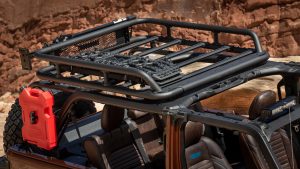While the French automaker is entering a new phase of its relationship with Nissan, car fans cannot help but remember the time when there was a Renault Alliance with AMC
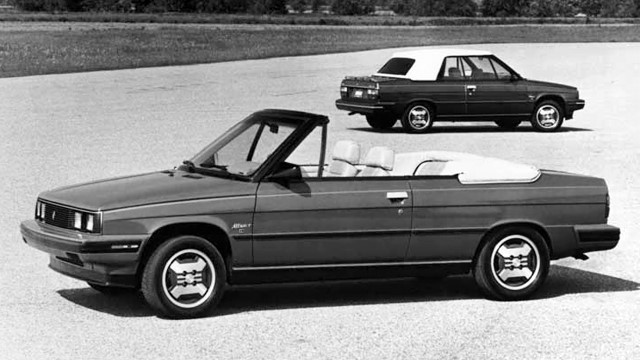
Renault and Nissan have recently made the news for behaving like the typical middle-aged couple. While they did not attend couples therapy, they did sit down to rethink their relationship. After all, though both have dissatisfactions right now, they have too beautiful a history to just easily give up on one another.
Now, if you enjoy automotive history, those events will ring a bell to you. Four decades ago, Renault went through a similar situation, but in a whole other context. The partner was AMC, the target was the North American market, and the outcome was unsuccessful. We are going to take a closer look at that Alliance.

Renault and AMC’s first dates
The very first cooperation between the automakers happened in 1962. Renault wanted a new large sedan to replace the Frégate, and AMC could always use new sources of income to fight its domestic rivals. The French maker chose the Rambler Classic because of its “European style” and assembled it from CKD kits.
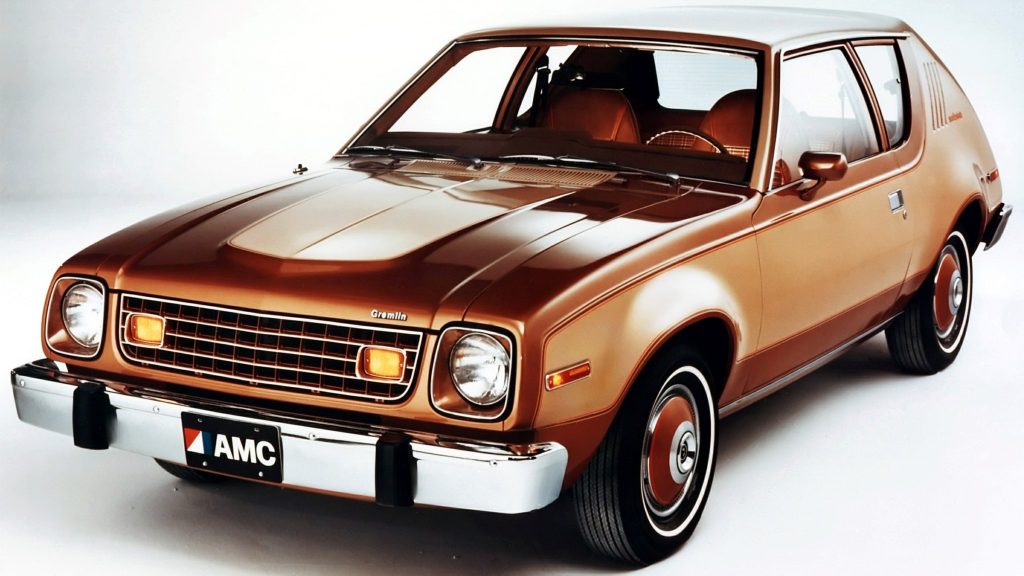
Things would only drastically change in the 1970s. AMC was already facing tough competition from Ford, GM and Chrysler, but adding the offensive of Asian automakers, stricter local regulations, the ’73 oil crisis, and the ’79 energy crisis turned out to be too much. Everyone lost sales, but AMC was doing the worst.
The company had a line of government vehicles and the Jeep division doing well, but that could not make up for its aging urban cars. AMC had such a small market share that the government deemed it unworthy of the same loan guarantees that helped save Chrysler at the same time. That is why it turned to Renault.
Mutually promising alliance
The French maker was only doing fine in Europe. The R5 crossed the Atlantic in 1976 but did not replicate the success of its home continent. The Renault-AMC partnership took a firm step in 1978, with the deal to sell Renault vehicles in the US and Jeep vehicles in Europe through one another’s network of dealerships.
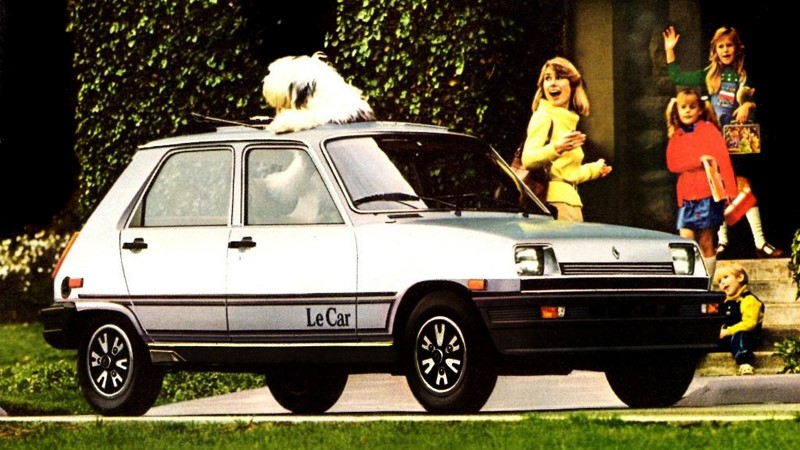
While Jeep posed no problems, the other side required harder work. The alliance gave the R5 a stronger image by renaming it Le Car and extolling feats such as massive sales in Europe, stellar racing history, and overall sporty character. The car did not become a best-seller, but it performed fairly well up to 1985.
The partnership was helpful to grant Renault’s entrance into the US market and to provide AMC with the newer, fuel-efficient models it needed so badly. After buying 5% of its stakes in 1979, Renault made AMC the official importer of its cars to the region. That also brought the R18 in its two bodies and the Fuego.
Joint future in sight
The new cars went through extensive changes to meet US-spec regulations. Sealed-beam headlights and stronger bumpers harmed their French style, of course. However, their modern construction managed to offer adequate cabin room and decent performance along with the high mileage that everyone wanted.
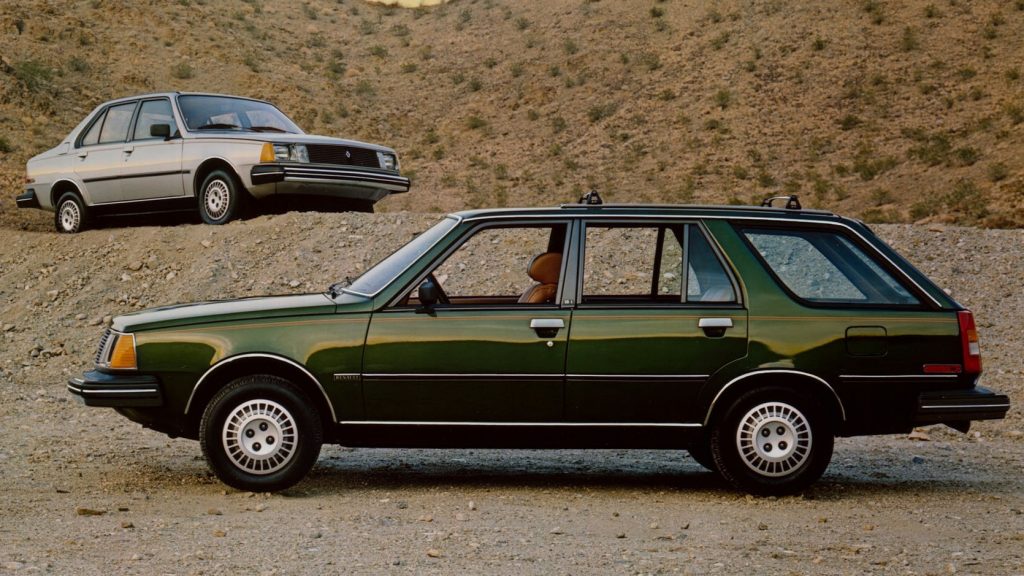
AMC was still far from stable, but that partnership gave it a beacon of hope. As with most joint ventures, exchanging products was only a stepping stone. In such a tormented time, the companies drew a plan to give AMC a more competitive lineup using Renault’s expertise with small engines and front-wheel drive.
The unbearable situation faced by the North American automaker forced it to dig deeper into its alliance. AMC got a millionaire loan from Renault in exchange for 46.4% participation in its shares and, over time, a controlling stake. The turn of the decade marked the beginning of the most significant part of this story.
The first Renault Alliance
Renault and AMC began to work more closely than ever. Designers Robert Opron and Dick Teague would fly between USA and France several times a year to coordinate the development of local variations of one another’s cars. The first concrete result would be a new compact car for AMC based on a Renault project.
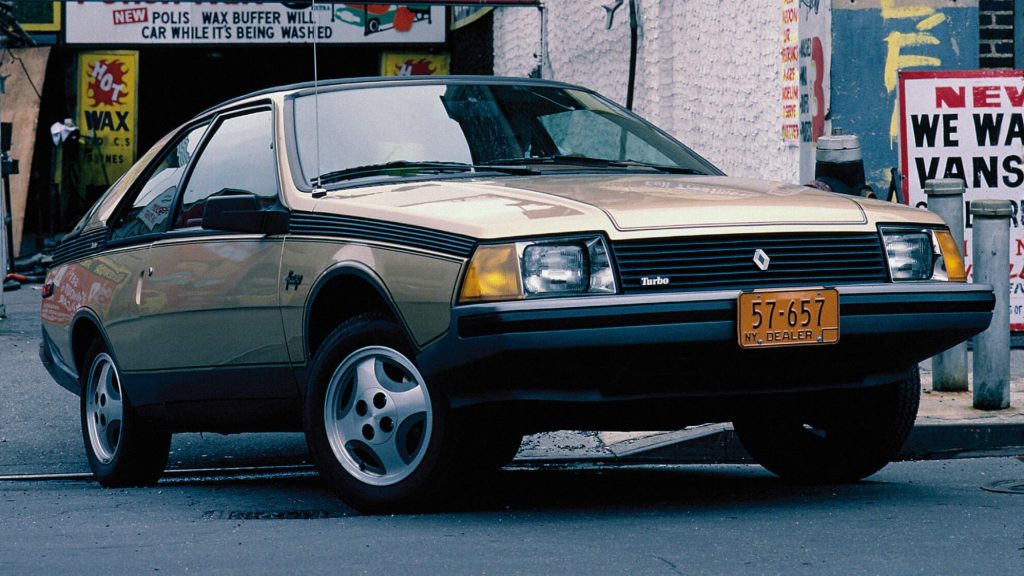
The base car was actually two: the Renault 9 and 11, sedan and hatchback that arrived in Europe in 1981. AMC’s design team created a new cabin for the local variant and adapted it to the local laws – with better results than most imported cars of that time. The sedan arrived in 1982 and was aptly named Alliance.
Market research showed that people liked the Renault brand better. The car was sold as a Renault but had the AMC logo in secondary areas. Production-wise, the companies chose to use the existing AMC’s plant in Wisconsin out of experience. They wanted to avoid problems like those Volkswagen had in Kentucky.
The ones to watch
In short, the model aimed to pair French design, which was all the rage at that time, to local affordability. The exterior banished chrome accents without looking cheap and featured a typical sedan shape with two or four doors. The modern cabin offered compact-car space with external dimensions of a subcompact.
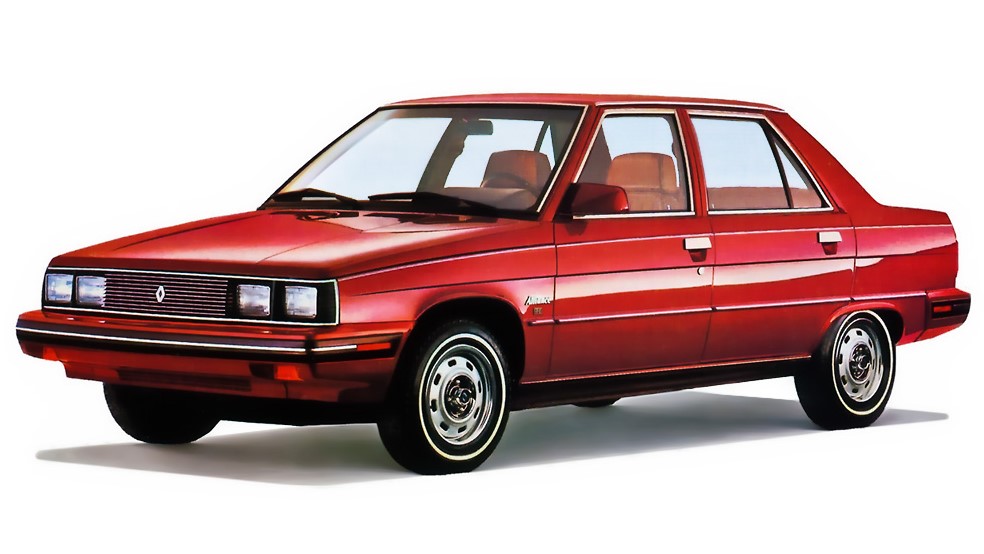
AMC did a remarkable job. The Alliance received two-door body, 5-mph bumpers, and rectangular headlights quite well. In the cabin, the front seats used a clever central rail to free foot room on either side. There was also a curved track that made it easy to find the best combination for front and rear passengers.
As if that was not enough, the Alliance had adequate dynamic behavior for its category and excellent fuel efficiency: the low weight helped it make up to 37 mpg in the city and 60 mpg on the highway depending on the trim level. It was awarded Car of the Year by Motor Trend and 10Best by Car and Driver in 1983.
More of a good performance
If the Renault Alliance seemed too prosaic, people could opt for the Encore starting in the following year. AMC applied a similar treatment to the French R11, keeping the two and four-door bodies, and marketed it as a slightly sportier and fancier alternative. The new model helped the compact family sell even better.
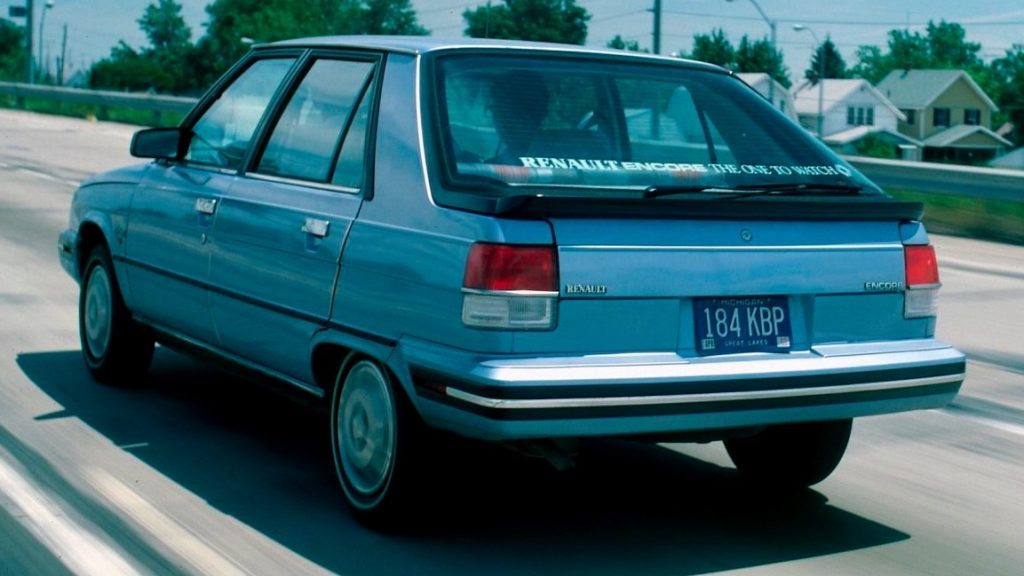
Things became even better in 1985 because Renault-AMC had yet another model to release: a convertible variant that never existed in Europe. It was developed along with the American Sunroof Company, which reinforced the model’s unibody to preserve its torsional rigidity. All models also received a 1.7L engine.
AMC would also perform smaller improvements on the cars year after year. At some point, people were even asking for a station wagon version, which could take after the Sportwagon. However, the US market was entering a new moment in the mid-1980s. The gas crisis was ending and that had big consequences.
The beginning of the end
North Americans never really liked compact cars. Once gas prices went back to normal, they immediately went back to large cars as well. In 1987, the Renault Alliance would receive a facelift in all bodies and the GTA sporty version. The whole family was better than ever, but it simply no longer had customer interest.

Parallel to that, older cars began to show quality-related problems like rust. That was a serious blow to its image because it affected the car’s resale value and, as a consequence, discouraged people from the new car even further. Those issues made both Car and Driver and Motor Trend retract their awards years later.
1987 was an important year for two other reasons. After establishing the Alliance in the market, the initial plan would move on to larger models. One of them was the Medallion, which arrived in that year as sedan and station wagon. It was a Renault 21 that received the necessary changes to come as a captive import.
If you can’t beat them…
The other reason why 1987 was important in this story is quite different. It was also the year where AMC’s situation became so difficult that Renault agreed to sell it to Chrysler – in fact, the operation happened 8 days after the Medallion’s release. The new car would join the upcoming Eagle division in the next year.
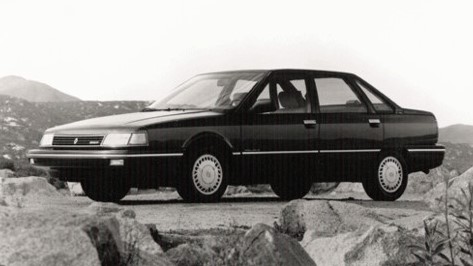
Following that train of thought, the last Renault-AMC model was released as an Eagle from the beginning. The Premier borrowed the central part of the R25’s body and suspension parts from the R21 and wrapped all that in a classic, albeit not so French, design that aimed to take AMC to the full-size sedan segment.
Once the deal was closed, it was up to Chrysler to decide the fate of the Renault-AMC cars. That decision was easy considering that it already had a successful line of its own. The Renault Alliance was dropped in 1987, followed by the Medallion in 1988. The Premier and its Dodge Monaco sibling lasted up to 1992.
Renault could definitely learn a lot from the partnership with AMC. That is proved by how fruitful its new association with Nissan (and, later, Mitsubishi) has been. While the Alliance and its cousins suffered of several issues, it is undeniable that they became a part of the modern North American automotive history.
Sources
- AMC/Jeep/Renault – Une Alliance Franco-américaine – Renault Alliance Club Passion
- History of Renault 1898-1975 – Tommy Lind
- Renault Alliance – Motor Car
- Renault/Eagle Premier : une française en terre américaine – CarJager
- Renault Medallion : la dernière Renault yankee – CarJager
- The Ones to Watch: 1984 Renault Alliance and Encore brochures – Hemmings
- Why the Awful, No Good Renault Alliance Was Our 1983 Car of the Year – Motor Trend
- Worst Car Wednesday: AMC Alliance-Best To Worst In 12 Months – Motor Biscuit
Danillo Almeida has explored his passion for cars in two distinct ways. The first one is his graduation course in Mechanical Engineering, which will hopefully lead to a job position in the field. The other one is expressing his knowledge and opinions on the matter through writing. Almeida has already contributed to blogs, stores, and websites in general writing automotive content in many formats.

